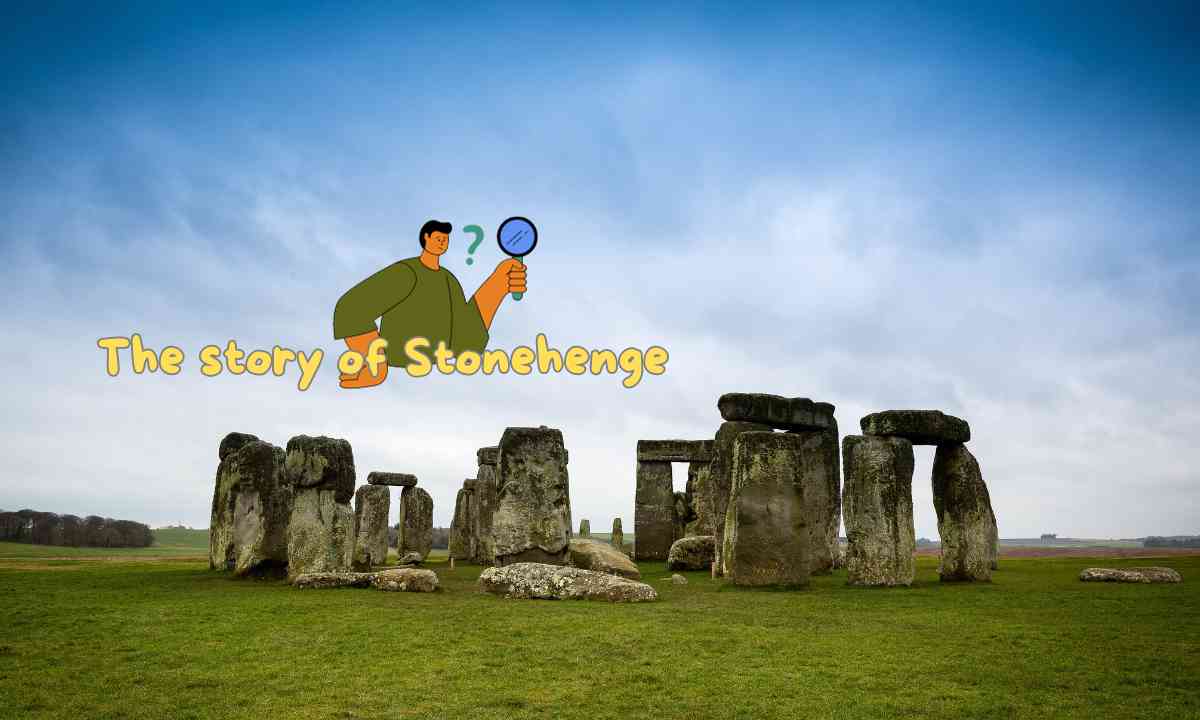Stonehenge is a prehistoric stone circle located about 150 kilometres west of London in the English county of Wiltshire. It is one of the mysterious ancient monuments and is older than both the Great Pyramids of Giza and the Roman Empire. It is believed that the story of Stonehenge began more than 5,000 years ago.
What is Stonehenge?
Stonehenge, a massive man-made circle of standing stones in Wiltshire, England, is one of the world's most famous prehistoric monuments. It was built over many centuries by our ancestors, and it remains one of history's greatest mysteries.
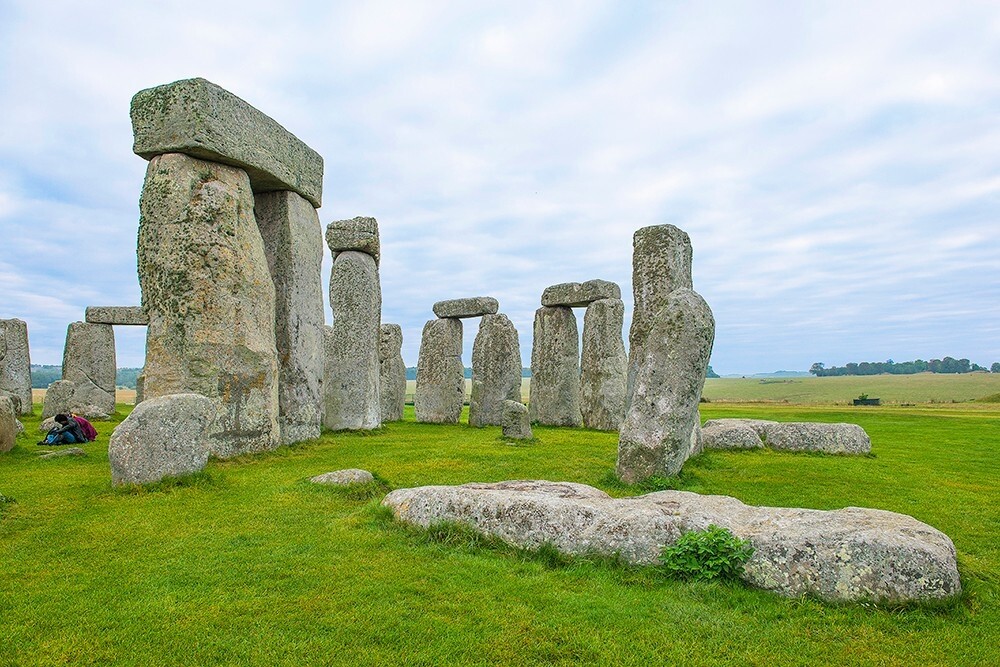
When was Stonehenge built?
Stonehenge construction began in the late Neolithic Age, around 5,000 years ago. It took over 1,000 years to complete, in four stages. Archaeologists believe that the final changes were made around 1,500 BC, in the early Bronze Age. According to Bournemouth University (BU), it is formed of a ring of standing stones set within earthworks and was constructed during the Neolithic period, about 4000–5000 years ago.
The purpose and construction of Stonehenge have long been the subject of archaeological study and speculation
The Structure of Stonehenge
Stonehenge is located on a 2,600-hectare (6,500-acre) plot of chalk downland and arable fields, seven-and-a-half times the size of Central Park in New York City. If you visit Stonehenge today, you’ll observe its structure, as many of the enormous stones are still standing strong in a circular arrangement. Stonehenge is made of two types of stone: the larger sarsens and the smaller bluestones. The sarsens are arranged in two concentric circles: an inner horseshoe and an outer circle. The bluestones were originally set up between the two sarsen circles in a double arc, but they were later rearranged to form a circle and inner oval, and then again to form a horseshoe. Each of the lighter bluestones weighs around 3,600kg (the weight of two cars), while each of the larger sarsen stones weighs around 22 kg (the weight of four African elephants).
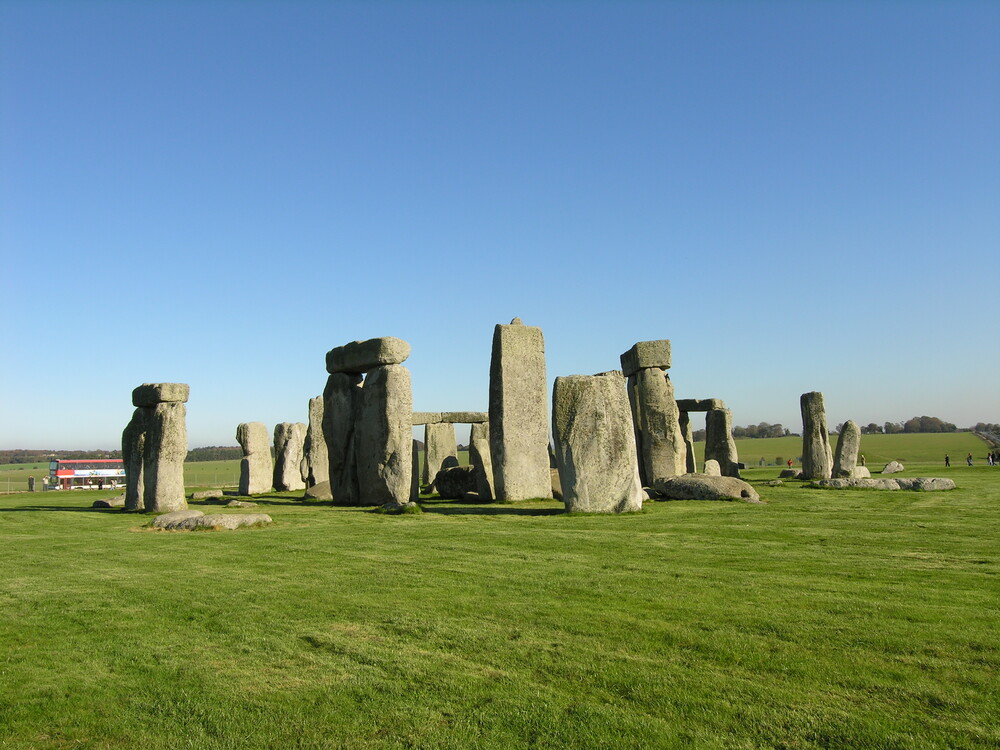
The entire site was surrounded by a circular ditch and bank, which are still visible today. The circular bank and ditch around Stonehenge itself enclose an area of over 10,000 square meters. The largest stone, the Heel Stone, weighs about 30 tonnes.
How was Stonehenge built?
It is a question that has perplexed scholars for centuries, and to this day, there is no definitive theory as to how such large stones could have been transported and arranged by humans thousands of years ago. Geologists have long known that the large sarsen standing stones are made of local sandstone, and the smaller bluestones come from the Preseli hills in Pembrokeshire. However, the exact locations of the quarries from which the stones were quarried remained unknown.
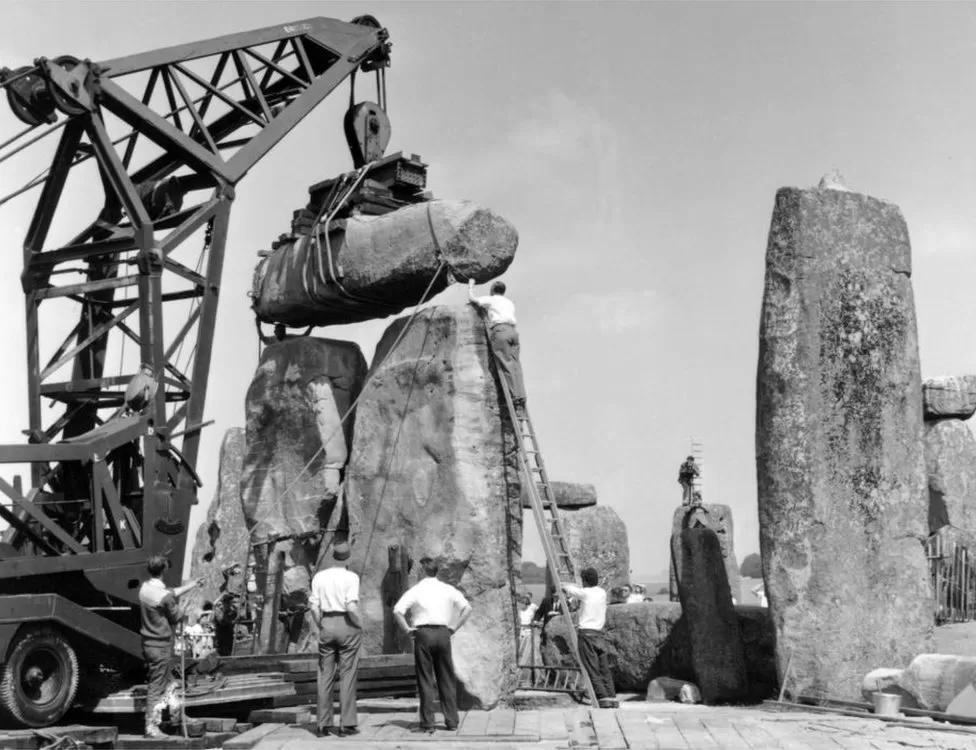
Archaeological research conducted by staff and students at Bournemouth University has enabled the identification of the sources of two of the primary types of stone used in the construction of Stonehenge. In the early 2000s, BU's Professor of Archaeology, Timothy Darvill OBE, and colleagues found some bluestones in a quarry near Carn Menyn in the Preseli Hills of West Wales, which they followed up with surveys and excavations. Many natives' assumptions said that giants moved the monument to a mountain in Ireland before a Merlin wizard miraculously moved it to England.
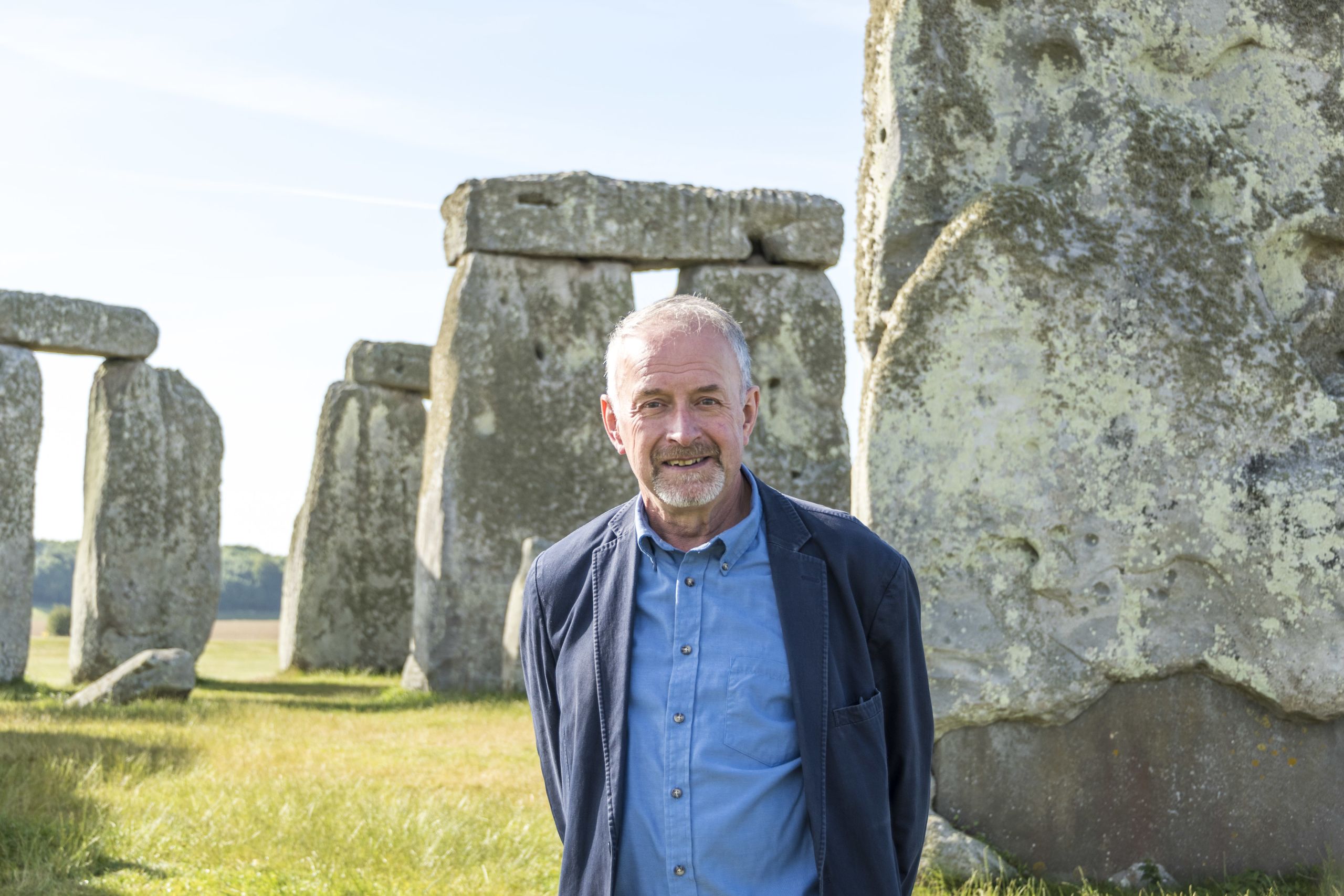
Photo: Bournemouth University / BU's Professor of Archaeology, Timothy Darvill
Archaeologists believe the bluestones were dragged to the site on a large wooden sledge from 32 kilometres away. It is believed they were dragged onto a waterway and floated on rafts before being transported to the building site. Shaping the huge rocks would have taken a tonne of work with a stone hammer and chisel. But how did huge rocks get to where they are now? Well, this is still a mystery unsolved.
What was it built for?
There is no definitive answer to this question. However, some researchers say that the stones provide few indications, which has led to a variety of interpretations.
On the 21st of June each year (the longest day of the year), the sun always comes out on top of the Heel Stone, a large sarsen rock that stands in front of the main monument at Stonehenge. The sun also always sets on the shorter day of the year, so it’s safe to say that Stonehenge could have been a sort of calendar connected to the exploration of the stars.
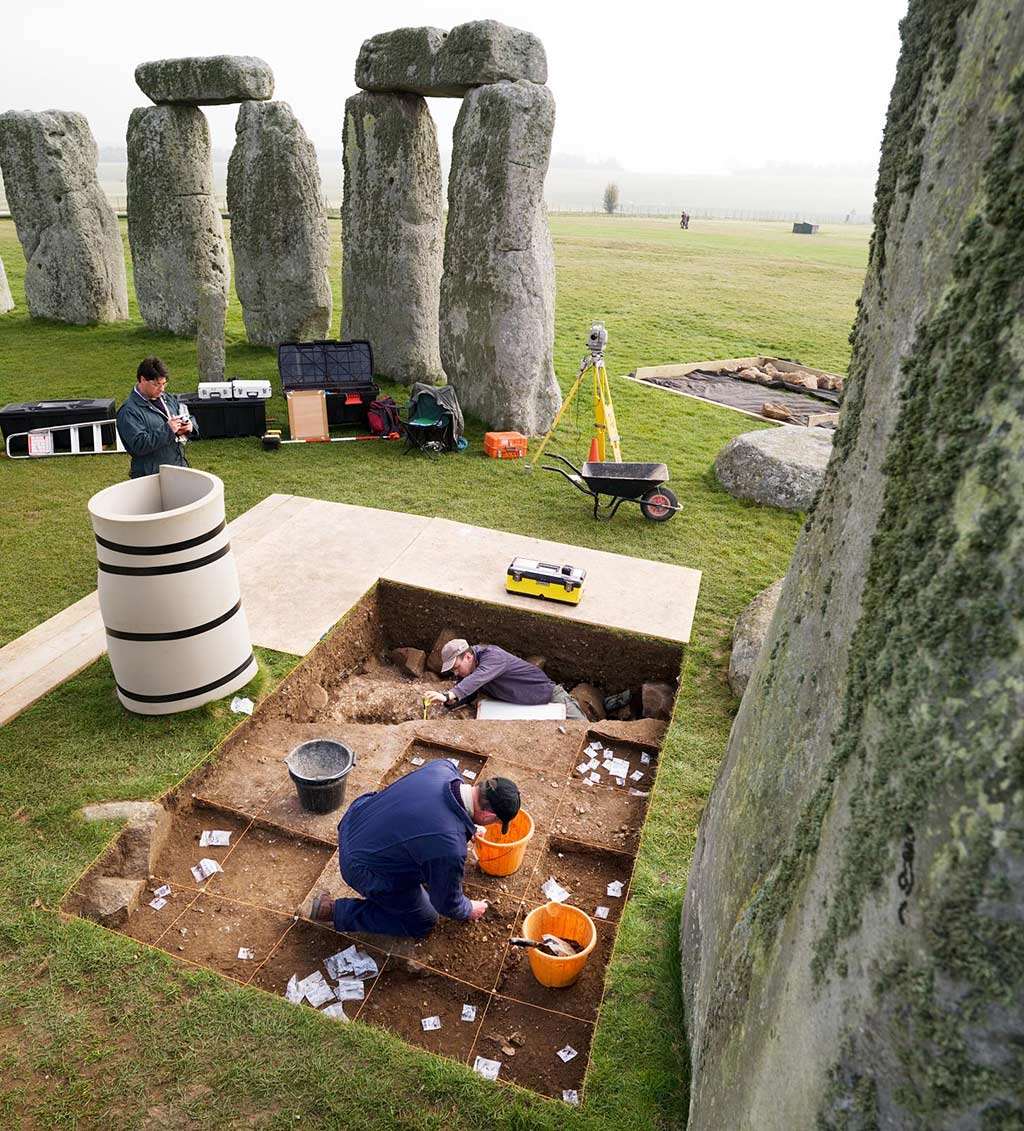
It's been suggested that Stonehenge might have been a healing spot, with people coming to the monument in hopes of being cured. Some think it might have been a "computer" from the Stone Age that tracked solar or lunar events, or a place to worship the sun and moon gods. But one thing we do know for sure is that it was used for burial; around 200 people are thought to have been buried there. We don't know why they were buried there, but it's thought they had important funeral ceremonies.
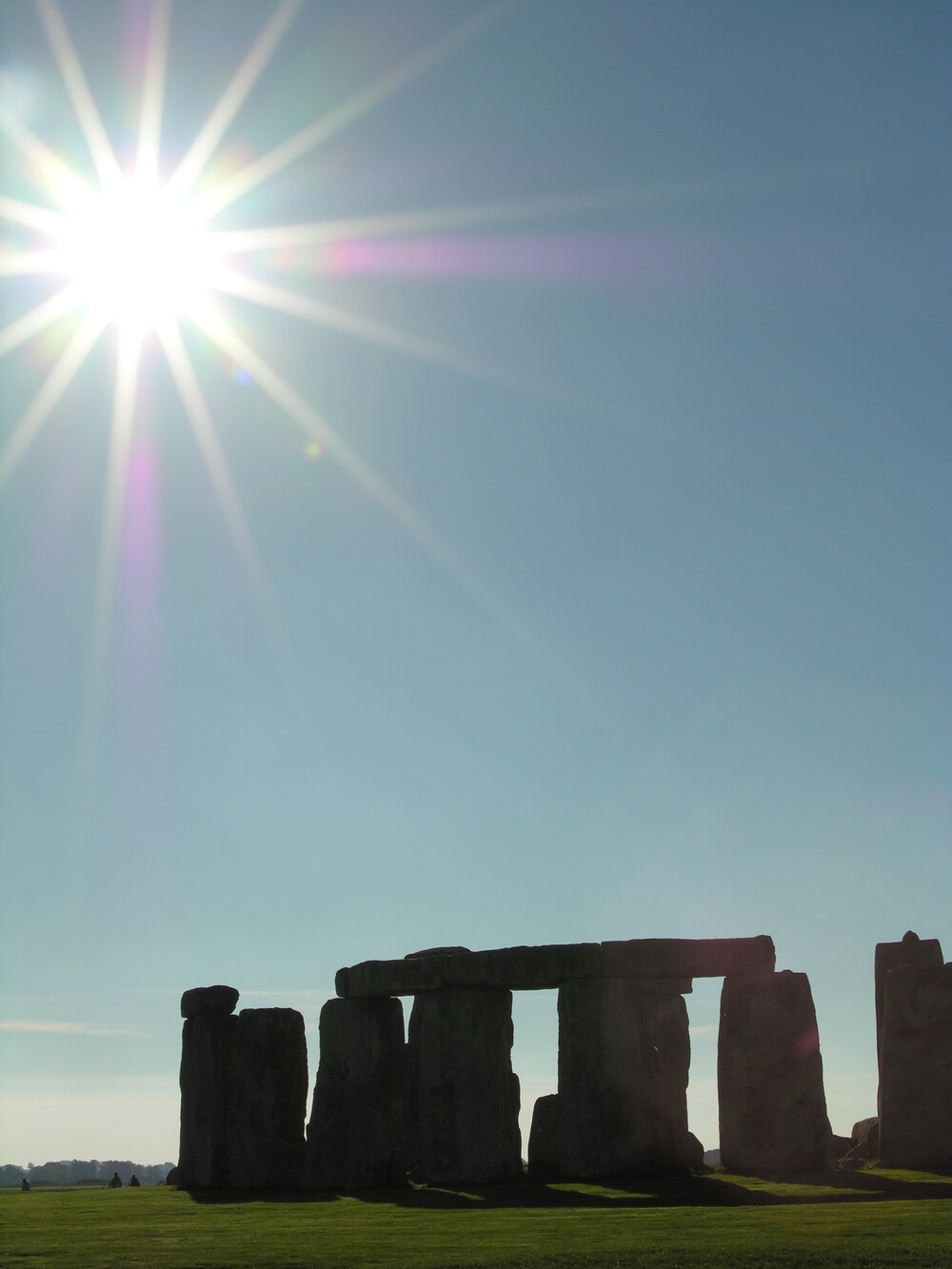
Researchers' mystery of Stonehenge suggests that it is a giant solar calendar that may link the UK to ancient Egypt. Professor Timothy Darvill of Bournemouth University concluded that the site was designed based on a solar year of 365.25 days, helping people keep track of days, weeks, and months.
First Excavation
The Duke of Buckingham undertook an excavation in the centre of the monument, prompted by a visit from King James I, but little is known about what was discovered. Coins, pins, jewellery, and pottery fragments are just a few of the items found. It is believed that these artefacts were left behind not only by Roman visitors but also by people visiting the monument as a place of worship. Large pits were dug within the monument at the time.
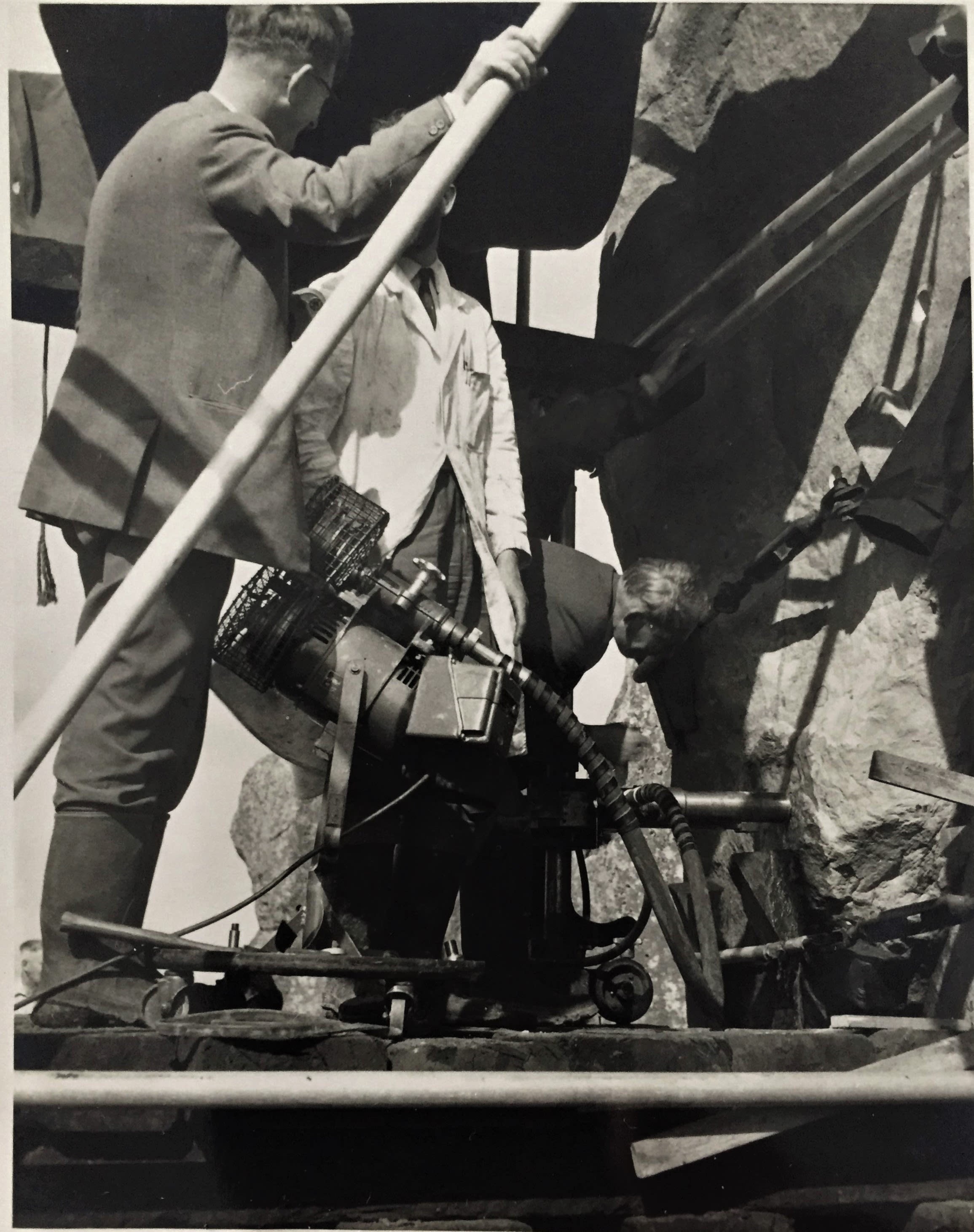
Stonehenge is a UNESCO World Heritage Site
Stonehenge is a UNESCO World Heritage Site, designated as such in 1986. It is a protected landmark of global cultural, historical, and scientific significance. Stonehenge, one of the most famous prehistoric landmarks in the world, Stonehenge draws around 20,000 visitors on June 21st each year to witness the sunrise.
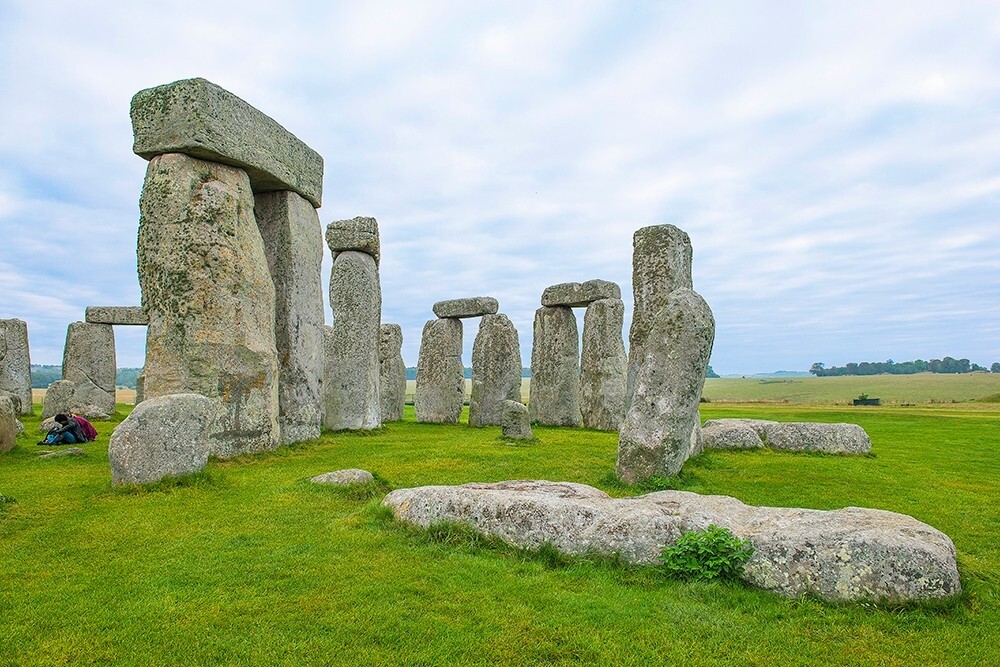
Future Research
According to “The New Yorker,” since 2001 there have been “at least ten major archaeological projects at Stonehenge, as well as numerous smaller ones.” Many of these involve techniques that were not available to previous generations of archaeologists, including high-resolution radiocarbon testing, ground penetrating radar (GDR), and isotope testing. Archaeologists still focus on uncovering the route that the builders of Stonehenge might use to transport the stones. There are still many questions and areas that require further investigation.
© Copyright 2023. All Rights Reserved Powered by Vygr Media.

